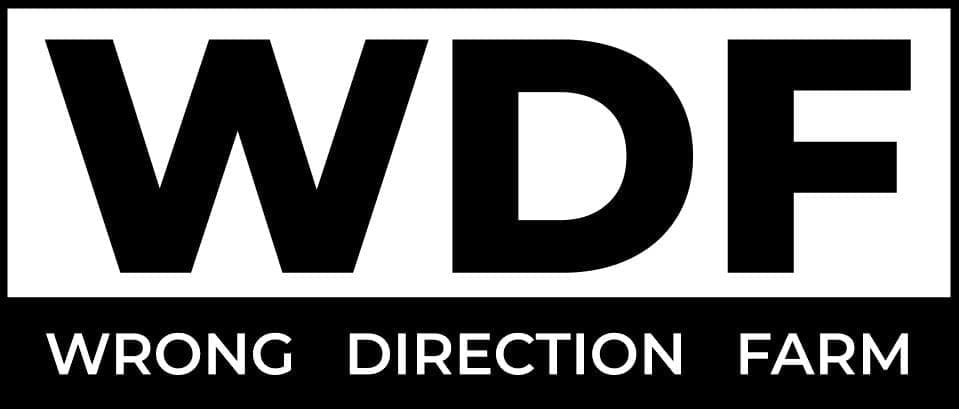I found two stories this week that corroborate my observations about the power of cattle to improve diversity in the landscape. I don’t claim that cattle will always be the solution to any problem, but I do believe that when managed well, they can be the solution to a broad range of problems.
Minecraft and Cattlecraft
There’s some fascinating work coming out of Chihuahua Mexico related to mine reclamation. After displacing an entire hill for mining, mine operators bulldoze the spoils back into place leaving a bare rubble pile. Part of their responsibility for environmental remediation includes planting vegetation, but this is challenging due to the aridity of desert environment and the amount of topsoil disruption.
The unique solution being tested is using cattle to biologically activate the topsoil and also using them to establish plants. There’s a lengthy podcast interview here where rancher Enrique Guerrero describes his experimental work in using cattle to jumpstart topsoil formation in the middle of a pile of bare rocks and dirt.
The mine operators covered the bare bulldozed ground with native grass seeds. Then they sheeted the entire surface with a thick bedding of chopped cornstalks and straw. Enrique brought in 99 cows and one bull, placed them in tightly fenced rectangular blocks. The cattle were fed and housed in one particular paddock per day, and then moved to a new paddock the next day. As the cattle moved across the mountain, they trampled the mulch into contact with the soil, added their manure and urine, and in doing so created a high-moisture, high-fertility mat for successful seedling germination.
Grass is now back on this mountain. But not just grass. Birds, deer, and turkeys are moving in. The cattle aren’t simply growing plants, they are ushering in an overall life cycle renewal.
The cattle in this project were fed a grain supplement, which of course is something we never do on our farm. But I’m not here to poke at that. I think similar landscape results could have be accomplished in feeding cattle high quality grass hay without the need for grain. The point is that cattle can be transformative in an otherwise ruined environment.
Take a look at the following video. It contains a lot of self-adulation by the mining company, so be prepared for that. I suppose mining operations don’t get a lot of chances to present themselves as heroes, so they lay it on thick.
For the most interesting view, skip forward to the 4:07 mark and look at the aerial shots of the mountain as the grass is beginning to grow. You can see all the green squares where the cattle have been and then compare that to the completely bare patches where they haven’t yet grazed.
Cows and Biodiversity in Vernal Pools
The University of California published a write up on the effect of grazing cattle on vernal ponds. These are seasonal ponds that form during rainy periods, but for most of the year they remain dry. The pools are home to many unique and endangered plant species.
In the 1970s and 1980s, conservationists fenced ponds to exclude livestock in hopes of preserving these habitats. Instead of helping, they learned that the protected plant species lost ground as other plants began invading the vernal pools. The ecosystems were dysfunctional when grazing animals were excluded from them.
Researchers brought cattle back into these areas for grazing. This is has resulted in greater species biodiversity, and the turn-around time was unexpectedly rapid. Some future research will investigate the ways in which cow hoofprints function as “micro-ponds”, allowing for additional water capture and creating thousands of tiny specialized environments for plants to flourish.
If I were doing the research, I’d want to know what would happen if cattle and sheep could be mixed. In my observation, because they have slightly different grazing preferences and also because their hoof action is different, I’d hypothesize that overall the mixed herd would promote even greater plant diversity. If we look at much of North America’s grazing history, grazing herds would have included a mix of herbivores, ranging from bison at the large end, down through antelope, wild sheep, and deer in the middle, and rabbits, gophers, ground hogs, and rodents at the small end. It is my belief that mimicking a blended herd would be the most restorative approach.
Cow Tools
If we value grasslands and meadows in our environment, and if we can concede lawnmowers aren’t the best tool for maintaining them, then we’ll need to graze our grasslands with herbivores. Grass without animals is a broken ecosystem.
The study from California tells us that trying to protect wild ecosystems by excluding cattle has had the opposite effect. And the work in Mexico reveals that cattle can revive utterly broken landscapes. The more we understand livestock’s role in rendering ecosystem services, the more it becomes clear that many of the arguments against meat are too narrowly focused. If we can produce nutritious food while supporting and rebuilding our environment, meat can be one of the most sensible food choices.
